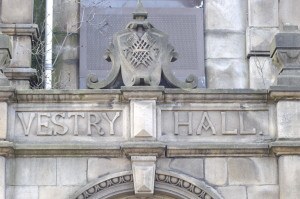In my last post, I continued describing my three function model by looking at planning. In this post, which completes this sequence introducing my three function model, I shall move onto the third function:
- Representation (this link is the first of three)
- Planning
- Delivery
Things to understand about delivery. It is:
- most demanding in terms of time and resources compared with representation and planning
- likely to be carried out by several organisations, not all necessarily community based
- there may be competition for service delivery between a variety of organisations, some may be local and others might be professional voluntary, private or public sector organisations
- accountable in different ways but primarily to customers and prospective customers. Locally, people excluded for various reasons may need to be heard.
- a necessary voice in the local planning process. Why? Because delivery organisations know what can and cannot be achieved. Sometimes they might need to be pushed to reconsider but generally they know what is possible. It may not be practical for every planning organisation to be present at the table for community planning and for some their contribution relevant to a few topics only. It is important though that where delivery organisations have an interest, their views are heard. If they can be present where they have an interest it may be beneficial although care needs to be taken there is no conflict of interest.
The last bullet may be easier if the delivery organisation is home-grown. External delivery organisations can be very good but some can be tied to binding contracts (often not public documents) and so their potential contribution may be limited or possibly not trusted.

The Vestry Hall in Burngreave, Sheffield was derelict for many years. Redeveloped by New Deal, it delivers training for local residents.
If a number of groups are likely to be invited to tender for implementation of a plan, they may not have been a part of the planning process. The planning group will need to design a tendering process that tests them against the plan. Make it known you want tenders that meet basic criteria and add value to it.
What are your experiences of project delivery and how have you approached local accountability? Let me know through the comments. I’d be happy to expand on some of the issues raised in this post, just let me know which ones interest you.
So far, I’ve offered a model that presents an ideal picture of what can be done locally to be effective in development work and local regeneration. The representative function is most important for communities; get it right and the rest should be easier to follow through. In the next post I shall return to the topic of participatory methods for representative organisations.